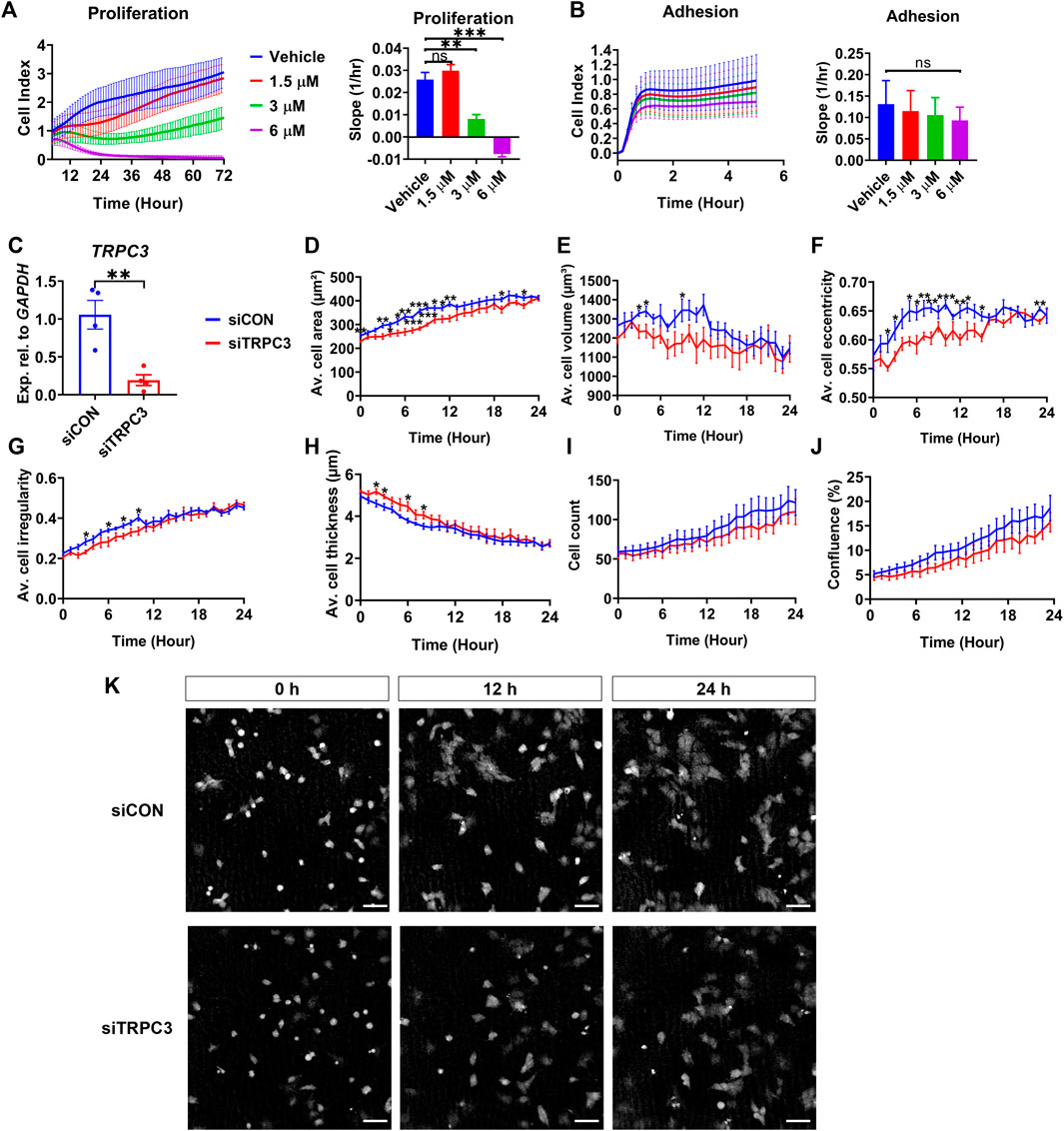Customer Publication

A Role for TRPC3 in Mammalian Testis Development
Journal: Frontiers in Cell and Developmental Biology (2024)
Institution: Hudson Institute of Medical Research, Clayton, Australia
Research Areas: Cell Biology
Cell Lines: NT2/D1
Summary: The study focuses on SOX9, a key transcription factor for testis determination and development. Mutations in and around the SOX9 gene contribute to Differences/Disorders of Sex Development (DSD). However, a substantial proportion of DSD patients lack a definitive genetic diagnosis. The authors hypothesize that SOX9 target genes play an integral role in testis development and could potentially be causative genes in DSD. The authors describe a novel testicular target gene of SOX9, Trpc3. Trpc3 exhibits high expression levels in the SOX9-expressing male Sertoli cells compared to female granulosa cells in mouse fetal gonads between embryonic day 11.5 (E11.5) and E13.5. In XY Sox9 knockout gonads, Trpc3 expression is markedly downregulated. Moreover, culture of E11.5 XY mouse gonads with TRPC3 inhibitor Pyr3 resulted in decreased germ cell numbers caused by reduced germ cell proliferation. Trpc3 is also expressed in endothelial cells and Pyr3-treated E11.5 XY mouse gonads showed a loss of the coelomic blood vessel due to increased apoptosis of endothelial cells. In the human testicular cell line NT2/D1, TRPC3 promotes cell proliferation and controls cell morphology. HoloMonitor used to observe the cell morphology change including cell count, confluence, cell area, optical thickness, volume, irregularity, and eccentricity.